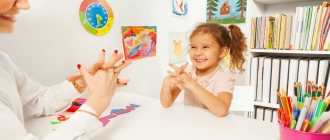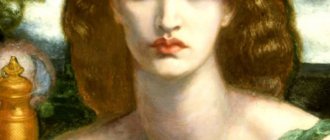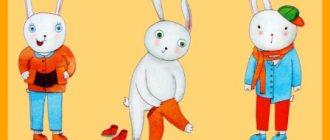Toys pictures for children
A cheerful drum, a bright pyramid, a magic carriage, a terrifying dinosaur, a fast train, a teddy bear and many others await you! Toys are needed not only to occupy free time. Properly selected gaming material can become a means of successful development of a child, developing important social and behavioral skills,
development of speech, motor and physical activity. Using children's close familiarity with toys, you can conduct various educational and developmental activities on this topic.
studying toys
For example, you can organize a simple speech development lesson on the topic “Toys”. To do this, you will need pictures depicting the most frequently encountered objects in gaming activities, and, if possible, the objects themselves. If a lesson is being held in kindergarten, as a rule, assembling toys is not difficult.
First, we try to remember all the familiar toys. Pictures for children, drawn in the most realistic way, will help with this. When listing objects, we name the actions that can be performed with them.
Drum
Pyramid
Yula
Duckling
Soldier
Robot
Fire truck
Paravozik
Puzzles
Tumbler
Ball
bear
Typewriter
Rocking horse
horse
Dollhouse
Doll
Cubes
Xylophone
Ship
Constructor
Doll carriage
Giraffe gurney
Coach
Pencils
Dinosaur
Harmonic
Helicopter
Bike
Bucket and shovel
According to the above steps, we form several main groups of toys:
- construction - something from which you can build, design, create new objects;
- musical - those with the help of which we obtain various sounds;
- for role-playing games - those that have their own role in the game (animals, dolls, soldiers, as well as various pieces of doll furniture, houses, etc.);
- sports – ball, tennis rackets, bicycle, scooter, etc.;
- transport - cars, trains, etc.
Children's thinking differs from that of adults, so when distributing objects into groups, children sometimes offer the most non-standard solutions.
Then you can move on to a detailed description of the toys. Usually children are happy to join in this process if they have to describe their favorite toy. To make the task easier, we leave a simple plan:
- describe the appearance;
- what can you do with this toy;
- why does the child like her?
After such work, you can move on to an interesting game: one child must describe the toy without saying its name. The rest of the kids guess what they were talking about. With younger children, you can change the rules a little: the adult describes, and the children guess. Whoever guesses correctly receives a card with a picture of this item, then the result is summed up - who has more cards.
You can ask a few simple riddles:
Very similar to you:
You have arms, legs - she has them too;
You have eyes - she has eyes;
Do you need any more tips? (doll)
If there’s a whole bunch of us, we’ll build up a whole yard. (cubes)
I am always ready to take off at a gallop - after all, that’s what children need... (ball)
Only a daredevil can assemble me by gathering all my rings onto a rod. (pyramid)
For me, falling is not a problem.
I will always rise with a smile. (tumbler)
In conclusion, we move on to the artistic part: we try to draw the toy that we liked or remembered best. Before drawing, we once again remember all the toys; Pictures for children will help with this.
We make sure to make an exhibition out of the drawings so that each child feels the significance of their work.
Watch the video on the topic “Exploring toys”:




